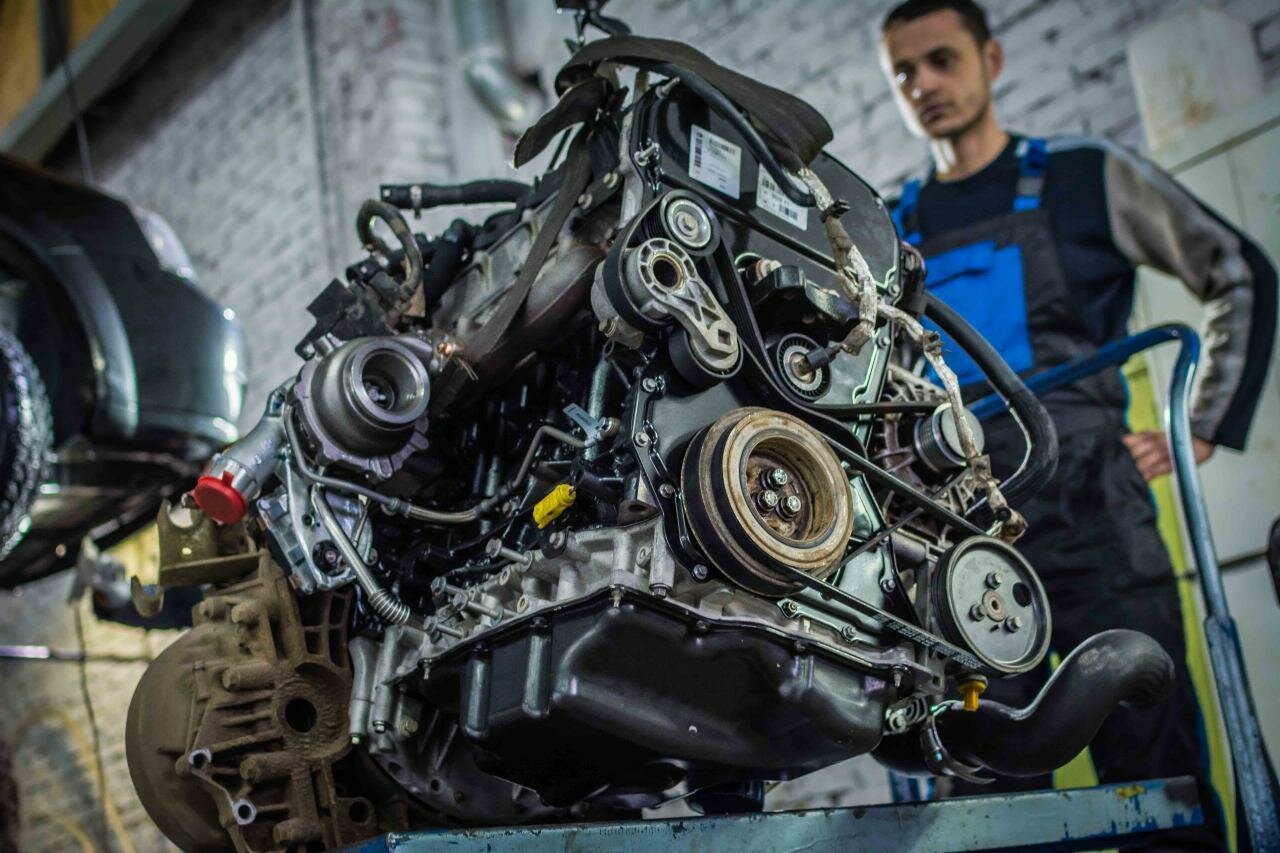Kia 3.3 V6 Engine Overview
A Brief History
The Kia 3.3 V6 engine, part of the Lambda engine family, has been a significant player in Kia’s lineup since its introduction in the mid-2000s. Designed primarily for mid-size sedans and SUVs, this engine was engineered to offer a balance of power and efficiency, making it a popular choice for models like the Kia Sorento and the Kia Optima. With a displacement of 3.3 liters, the engine was intended to provide a smooth driving experience while delivering respectable horsepower and torque figures.
As Kia sought to enhance its reputation in the automotive market, the 3.3 V6 engine was a critical component of its strategy to compete with established brands. The engine’s design incorporated modern technologies such as dual overhead camshafts (DOHC) and variable valve timing (VVT), which aimed to improve performance and fuel efficiency. Over the years, this engine has undergone various updates and revisions, reflecting Kia’s commitment to innovation and customer satisfaction.
However, as with any engine, the Kia 3.3 V6 is not without its issues. While many owners have enjoyed reliable performance, a subset of users has reported a range of problems that can affect the engine’s longevity and overall functionality. Understanding these potential issues is crucial for current and prospective owners, as they can lead to costly repairs and impact vehicle safety. This article will delve into the common problems associated with the Kia 3.3 V6 engine, providing an unfiltered look at what owners may face.
Kia 3.3 V6 Engine Problems
Common Issues Reported by Owners
The Kia 3.3 V6 engine has garnered a mixed reputation among owners, with several recurring problems that have emerged over the years. While many drivers appreciate the engine’s performance, the following issues have been frequently reported:
- Engine Knocking: A notable concern is engine knocking, often attributed to insufficient lubrication or issues with the timing chain.
- Oil Leaks: Many owners have experienced oil leaks, particularly around the valve cover gaskets and oil pan, leading to potential engine damage if not addressed.
- Excessive Oil Consumption: Some users report that their engines consume oil at an alarming rate, which can lead to serious engine wear and tear.
- Overheating: Overheating can occur due to a malfunctioning thermostat or issues with the cooling system, which can cause severe engine damage.
- Misfiring: Engine misfires can be caused by faulty spark plugs or ignition coils, leading to poor performance and increased emissions.
Specific Technical Problems
In addition to the general issues mentioned, there are specific technical problems that have been identified with the Kia 3.3 V6 engine. These include:
- Timing Chain Tensioner Failure: A common issue that can lead to catastrophic engine failure if not addressed promptly.
- Fuel Injector Problems: Clogged or malfunctioning fuel injectors can result in poor fuel delivery, affecting performance and efficiency.
- PCV Valve Failure: A failing Positive Crankcase Ventilation (PCV) valve can lead to increased oil consumption and engine sludge.
Impact on Vehicle Performance and Safety
The problems associated with the Kia 3.3 V6 engine can significantly impact vehicle performance. Reduced power, poor fuel efficiency, and increased emissions are common consequences. In some cases, these issues can also pose safety risks, particularly if they lead to engine failure while driving.
Top views |
|
|---|---|
 |
Oil, Timing Chains, Pistons: What Really Kills an Engine Prematurely? |
 |
How to Choose a Car with a Reliable Engine: Used Car Market Hacks That Actually Work |
Symptoms and Consequences
Understanding the symptoms associated with these problems is crucial for early detection and prevention of severe damage. Below is a table summarizing the symptoms and their potential consequences:
| Symptom | Potential Consequence |
|---|---|
| Engine knocking | Severe engine damage |
| Oil leaks | Engine wear and possible fire hazard |
| Excessive oil consumption | Engine wear and potential failure |
| Overheating | Catastrophic engine failure |
| Misfiring | Poor performance and increased emissions |




0 Comments